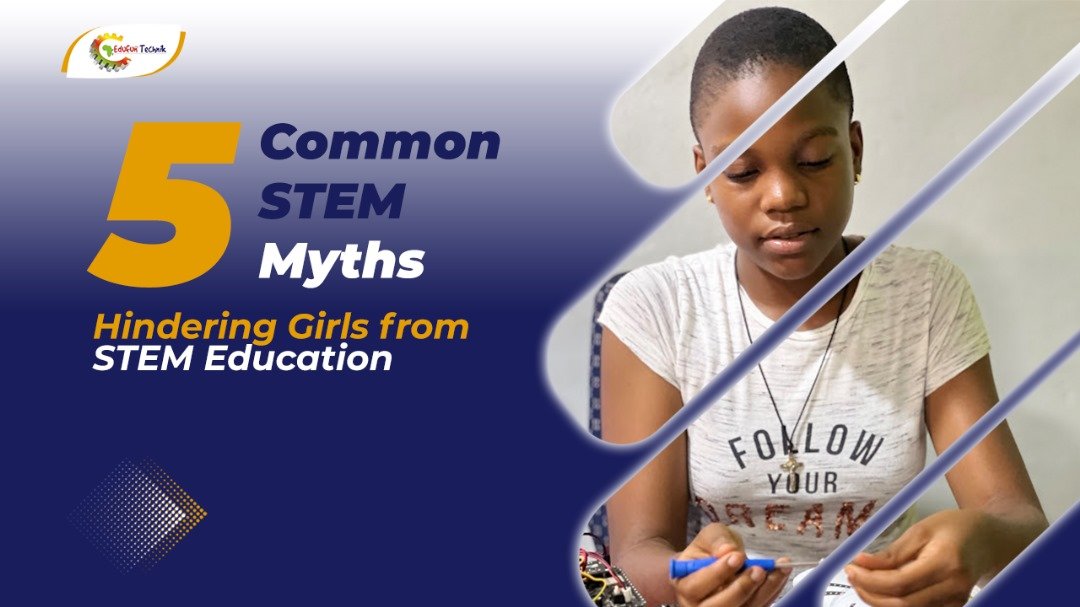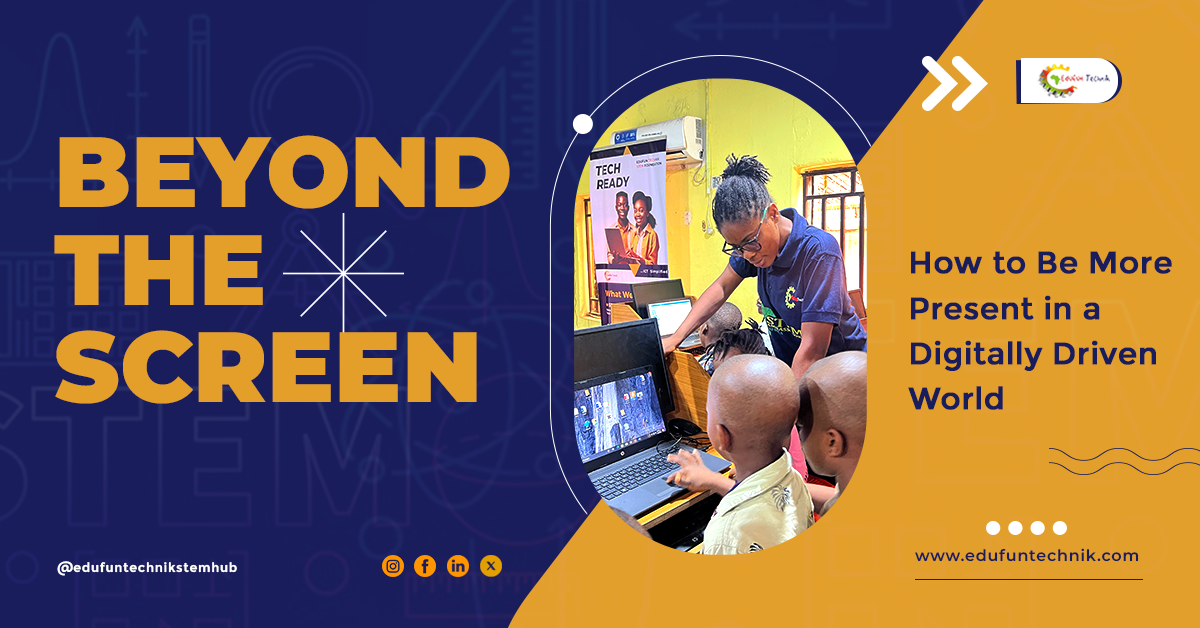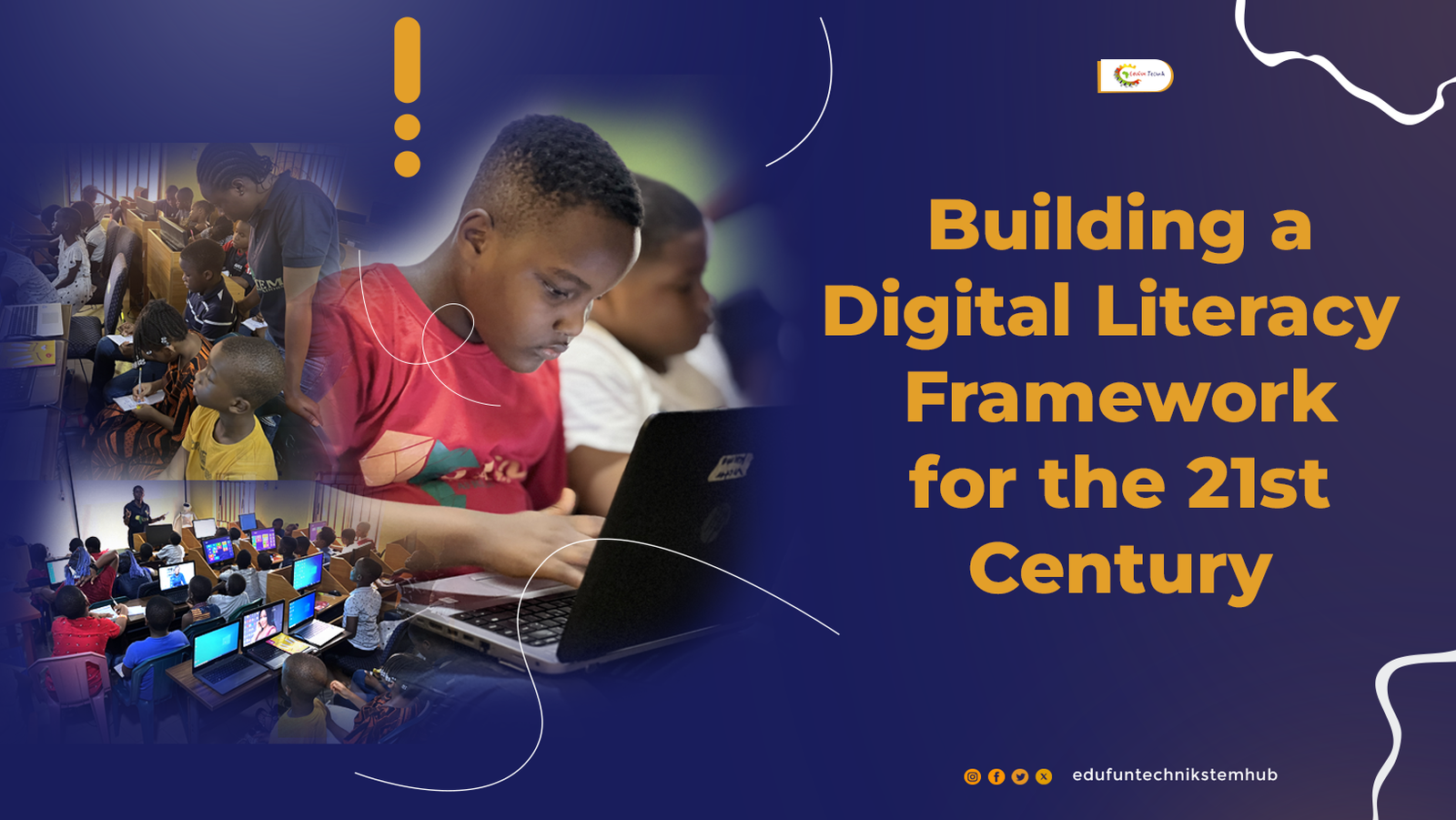Every child deserves a fair chance at success and reaching greater heights. Quality education bridges this gap; however, most African children are underserved and not availed to this fundamental right like the rest of the world. In sub-Saharan Africa, a staggering 98 million children are out of school, facing obstacles like poverty, child labor, gender discrimination, conflict, and crisis.
This year’s commemoration of the International Day of the African Child, with the theme “Education for all Children in Africa: The Time is Now,” offers us the opportunity to explore the core areas in which African governments, civil societies, and individuals must pursue to ensure and improve the quality of education for the continent’s young, beaming population.
Stable and Healthy Environment
Political instability and conflict have displaced millions of children from their homes and schools, disrupting their education and overall well-being. According to UNICEF, more than 13 million children across Africa are displaced due to conflicts and crises. To mitigate this, African governments and international organizations must prioritize conflict resolution, peace-building efforts, and the protection of civilians, especially children, during times of unrest.
Reduce Poverty and Hunger
Poverty is a significant barrier to education in Africa. Many parents struggle to afford basic necessities, let alone educational expenses, leading them to keep their children out of school to contribute to the family’s income or perform household chores. Addressing poverty through sustainable economic development, job creation, and social safety net programs can help alleviate the financial burden on families and allow children to attend school.
Provision of Infrastructure and World-Class Amenities
Access to quality school buildings, classrooms, learning materials, and amenities like clean water and sanitation facilities is crucial for an effective learning environment. Unfortunately, many schools in Africa lack these essential resources. Increased investment in educational infrastructure, partnerships with non-governmental organizations, and community-driven initiatives can help improve school facilities and provide a conducive learning environment.
Promote Digital skills
In today’s digital age, equipping students with digital literacy and skills is paramount. However, many schools in Africa lack access to computers, internet connectivity, and well-trained teachers in this domain. Collaboration between governments, private sector, and international organizations can help establish digital learning centers, provide affordable internet access, and train teachers in integrating technology into the curriculum.
Prioritise Teachers’ and Educators’ Training
The teacher-to-student ratio in many African countries is alarmingly high, with some classrooms having over 100 students per teacher. This not only compromises the quality of education but also puts immense pressure on educators, hindering their ability to provide personalised attention and support to each student. Increasing the number of qualified teachers through improved training programs, better compensation and incentives, and community-based teacher recruitment can help address this issue.
Addressing these challenges requires a multifaceted approach involving governments, civil societies, international organisations, and local communities. By working together and implementing targeted interventions, we can create an enabling environment for quality education and ensure that every child in Africa has the opportunity to learn, grow, and reach their full potential.







